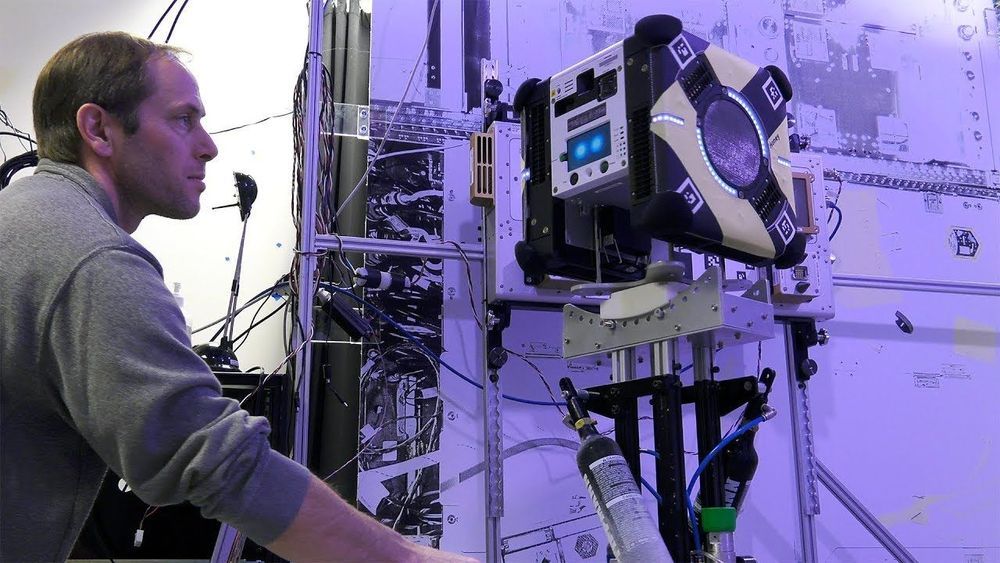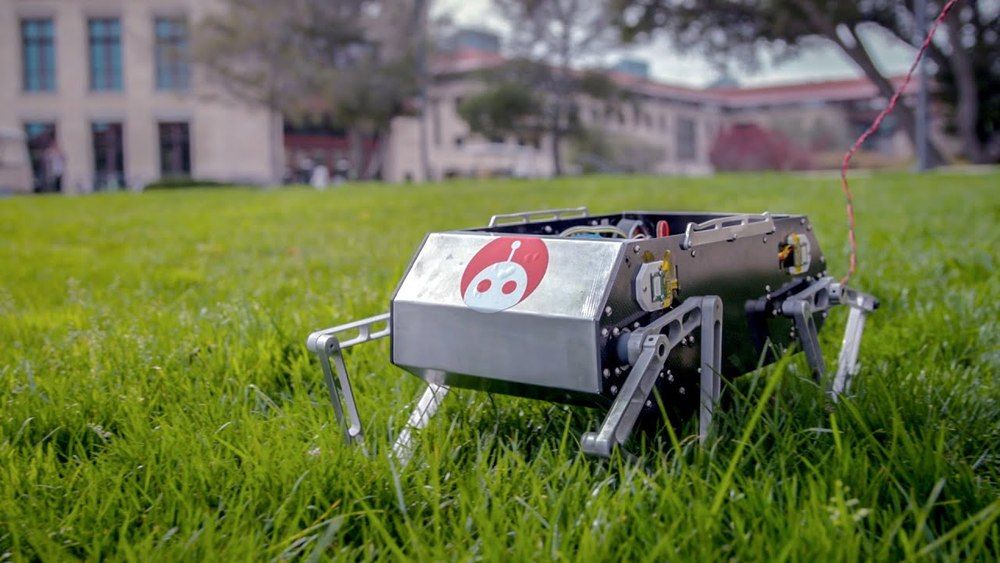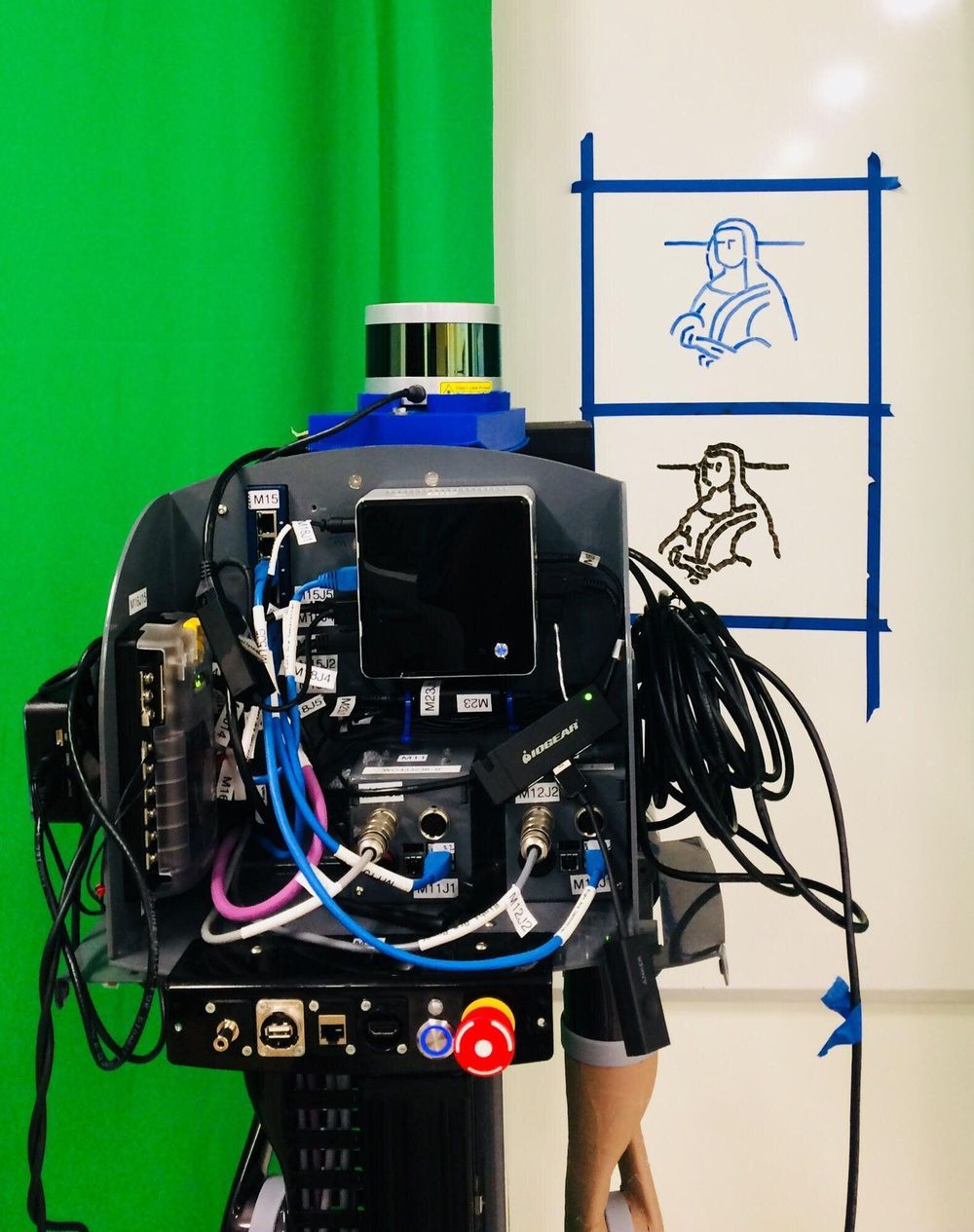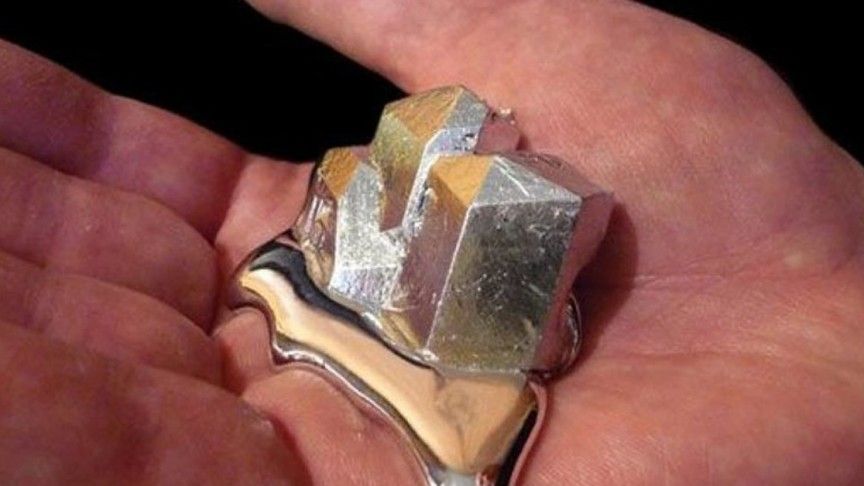May 21, 2019
Scientists Might Have Just Found Where Cannabis Originally Came From
Posted by Quinn Sena in category: futurism
It’s long been known that cannabis plants are indigenous to Central Asia, but a new study provides a fresh focus on where exactly this genus may have first evolved millions of years ago.
Documents dating back to the middle ages show humans have been hypothesising about the geographical origins of cannabis for over a thousand years now, with the famed Arab polymath Ibn Wahshiyya suggesting India or perhaps China as far back as 930 CE.
But the rarity of print fossils (impressions of leaves made on other objects) in the historical record has made it difficult for the research community to identify anything more specific than Central Asia, even with the booming popularity of cannabis currently ongoing in many fields of academic and scientific enquiry.
Continue reading “Scientists Might Have Just Found Where Cannabis Originally Came From” »


















